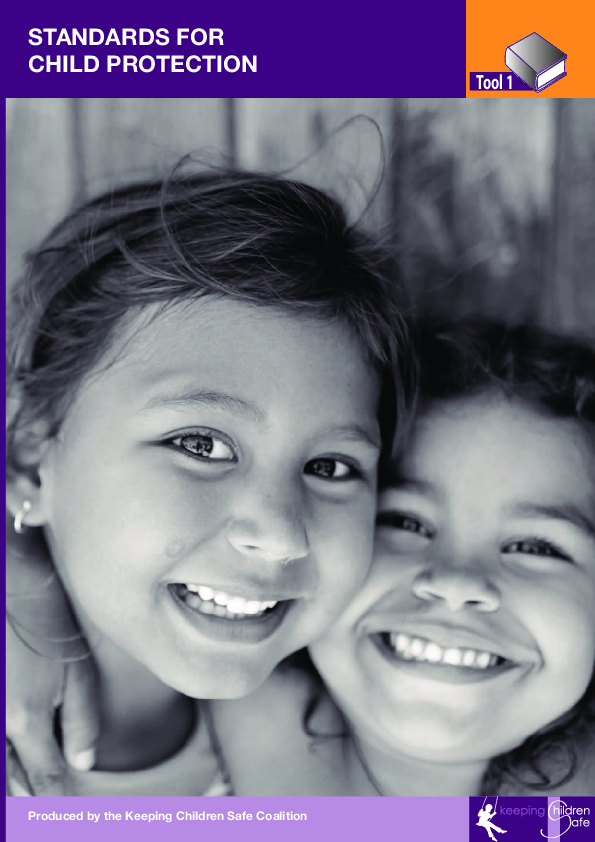
Manuals, Toolkits and Guidance
Keeping Children Safe: A Toolkit for Child Protection
Publication year:
2011
English, French,Spanish,Portuguese,Arabic,Nepali
Format:
Publisher:
KCS, The Keeping Children Safe Coalition
The Keeping Children Safe Coalition (KCS) toolkit is a complete package (made up of five components) for people working in child protection across the world. The standards and exercises provide a sound basis for the development of effective measures to prevent and respond to violence: from awareness raising strategies to safeguarding measures. They offer an excellent opportunity not only for the improvement of the quality and professionalism of those working with children, but most importantly, it will help to achieve a greater impact for children.
This 2011 toolkit is an updated version of the 2007 edition. It is available in English, French, Spanish, and Portuguese (Brazilian). The Arabic, Albanian, and Nepali translations of the 2007 toolkit have not been updated but are available for download.
Tool 1 of the KCS explains what the basic standards should be for all organisations working in child protection across the world and aims to support agencies at international, national and local levels to put child protection into practice.
Tool 2 is a resource pack that provides detailed facilitation guidance and a sequence of activities to help organisations and agencies meet those standards. If put in place the toolkit’s simple policies and procedures will significantly strengthen child protection in an organisation.
Tool 3 – Keeping Children Safe: Training for Child Protection – is a pack of flexible training exercises and materials for staff, which includes activities on childhood, understanding child abuse, recognizing and responding to child abuse concerns, and making agencies and organisation safe for children.
Tool 4 is intended for adults who work with children on child protection issues. It is comprised of four modules, each with a set of three exercises. The aim is to allow children to play a role in their own protection by promoting participation.
Tool 5 is a video on child protection from a programming perspective: what makes children feel safe, what are the consequences of getting it wrong, and how should you recognize and respond to child protection concerns.
Read full abstract
View & Download
Autodetected language
English
5 Documents
Other languages
French
5 Documents
Spanish
5 Documents
Portuguese
5 Documents
Arabic
3 Documents
Document information
Content type
Topics
Rights
© Author/Publisher
Keywords
Found a mistake? Help us improve!
If you have noticed a document assigned to the wrong author or any other inaccuracies, let us know! Your feedback helps us keep our data accurate and useful for everyone.
Share
Link
